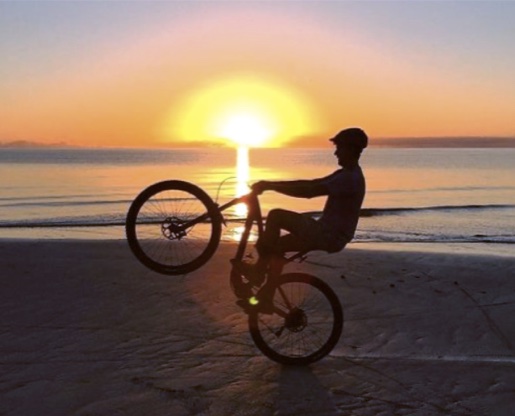CUMBERLAND PHYSIOTHERAPY PARRAMATTA: We know many of the habits that shape our adult lives are set in childhood. Physical activity is important for a growing body as movement and weight bearing have a large impact on bone strength, muscle and tendon health. Here are some tips to make sure your child is staying as active as possible.
1. Find an activity that suits your child.
Children who are coordinated and excel in competition may find team sports both increase their self-esteem as well as keep them fit. For other children, being a part of a team can be uncomfortable.
Less competitive children may prefer a sport where success measured by improving on their own performance, rather than being compared to other children. Surfing, yoga, martial arts, dancing or gymnastics may be activities that suit your child if competitive and team sports cause them to be discouraged.
2. Do get injuries checked out by a professional and invest in proper rehabilitation.
While children do bounce back quickly from injuries, they also may have difficulty expressing pain and discomfort. A niggling pain that won’t go away may cause your child to say “I don’t like sport” rather than realising that they are in pain.
Some children may retain worries that they will hurt themselves again because of a previous injury and avoid exercise. Your physiotherapist can help to identify any issues that your child is having and help to resolve them.
3. Set fun and challenging goals for them to complete during their daily routine.
As less children are walking and riding to school, try to find ways to fit extra activities into the day. Some fun examples include running a daily long jump competition in the back yard or adding a routine of age appropriate exercises, such as star jumps, hopping, balancing and running on the spot. You can make these exercises part of the night or morning ritual, just like brushing your teeth.
Talk to your physiotherapist for more tips on how to increase your child’s activity levels. Finding an activity that matches your child’s age level is key to keeping them engaged and active. None of the information in this article is a replacement for proper medical advice. Always see a medical professional for advice on your individual injury.

